Flavor is overrated. There—I said it. Sure, I want the food I eat to taste good, but that is the lowest possible bar I can set when cooking (for those wondering why they should listen to me—I’m a recipe developer by trade). Take scrambled eggs, for example. Other than burning them, it’s pretty hard to drastically alter their flavor. But we obviously know there is a difference between the eggs your parent made you as a kid before work and a carefully crafted French omelette, cooked and folded to perfection. That difference? Texture.
Whether you know it or not, you rely on the mouthfeel of a food just as much as its taste when determining its quality and level of deliciousness—I’m talking every single food you eat. In fact, I bet if you think of a food you really hate, I can almost guarantee your dislike stems largely—if not entirely—from how that thing feels in your mouth and not how it tastes.
Chef Jenny Dorsey, who runs the culinary studio and non-profit Studio ATAO, explained this common misunderstanding to me: “In restaurants you’re taught to think, ‘Make sure every single plate has a lot of different textures going on.’ So [the customer gets] random plates of food with a tuile on top or some nuts. Sometimes it’s good, but sometimes it’s like, why is this here?” Throwing something on a plate as an afterthought is not bettering the texture of a dish: it’s just adding to a trope super present in magazines and TV competition shows that last-minute crunch = culinary perfection.
But texture can help make a food perfect. And bringing even a bit of attention to detail can be the key to taking your home-cooking from good to near-professional…and I promise that’s way easier than it sounds.
We are going to go over three key textures—CRISPY/CRUNCHY, CREAMY, and CHEWY, as well as how to make them happen at home.
At Delish, we have written over 300 recipes with the word “crispy” or “crunchy” in the title. Crispiness and crunchiness are, in fact, very different (for example, a brittle potato chip is crispy and a nut-filled granola bar is crunchy), but both of these textures are glorious. As previously mentioned, though, they are also often used to enhance an otherwise non-crunchy dish, like using a couple of garlicky croutons on top of a bowl of split pea soup. But why are we obsessed with all things crispity-crunchity?
Anthropologist and author of the book The Omnivorous Mind: Our Evolving Relationship with Food John S. Allen explained its most basic appeal to me. The auditory accompaniments of crunch—the crackling, grinding noises you hear in your inner ear when you bite into something like a crisp apple—play a huge part in how we identify and enjoy foods. “When you are eating ‘normally,’ your mouth is making noise that you can sense internally,” he says, “If you’re eating something explicitly crunchy, all of a sudden, it enters your awareness. That prolongs your focus on the food and makes it more interesting and enjoyable for longer.”
As for the not-so-natural crunch we love? Cooking methods that require high temperatures (grilling, searing, and frying, to name a few) trigger something chemical called the Maillard reaction. This happens when naturally occurring sugars react with amino acids to create aromas and tastes we associate with browned or caramelized food. In addition to developing that umami-type flavor, these methods of cooking usually result in—wait for it—crispy and crunchy textures. And who among us doesn’t constantly crave a deep-fried crunch?
Here’s how you can incorporate these textures into your cooking:
- Lean on breadcrumbs: Other than the obvious uses of breading and frying, you can add breadcrumbs creatively. Toast some panko with garlic and toss it all with herbs for an easy pasta topping.
- Chill your veg: Shocking sliced veggies like radishes or cabbage in an ice bath before eating them can up their crunch factor tenfold.
- Keep that skin on: Searing the skin on a piece of salmon until it is golden brown is a simple and effective way of achieving the Maillard reaction. Plus, the textural contrast between crispy skin and tender fish is fantastic.
- Embrace chips: Whether they are made of potato, corn, shrimp, or soy beans, chips can be used as garnish, breading, side dish…or even a main course.
- Work with sugar: If you’re after the most teeth-shatteringly crunchy texture, one of the best and funnest ways to do so is to learn how to make simple candies/caramels.
It’s no coincidence that salad dressings like Caesar and ranch are so popular. Creaminess is the ultimate texture for coating, binding, and bringing balance to a mixture of other textures.
The cohesion achieved through creaminess can be seen everywhere from melted cheese on nachos to a runny egg on a grain bowl. And while you may think creaminess is solely found as a component of a dish and not at a meal’s core, please remember: beans and avocados exist. Plus, creaminess is the only of these three textures that can take a liquid or solid form!
For this texture, I checked in with Ben Cohen, the co-founder of Ben and Jerry’s. Since childhood, Ben has had a rare sinus condition called anosmia that has severely limited his sense of taste and smell…which is why the wild flavors you know and love are the only ones on the market with such varied textures in every. single. pint. “Creaminess, the sensation of it melting in your mouth, that’s a big part of [why people choose to eat] ice cream,” he confirms. Every bite of Ben & Jerry’s is intentional: you’ll never get marshmallow “too wispy,” and Heath bar mix-ins have been melted to perfection so you get “caramel-y, liquid-y, buttery” every time. (More from Ben on his and Jerry’s processes, plus what the company’s up to these days here.)
These are some quick ways to incorporate more smooth, creamy goodness into your cooking:
- Make it a sandwich staple: A creamy topper on a sandwich, whether its mayo or hummus, not only helps balance the variety of textures you’ve already got in there, but it also helps hold the whole thing together.
- Purée your veggies: You can use a blender to turn almost any vegetable into a soup or sauce. A puréed veggie can be great for topping, drizzling, or eating on its own. Healthy, too!
- Use gelatin: Oftentimes we think of gelatin as only being good for JELL-O, but chef Dorsey says one of her biggest texture tips is to “thicken things with gelatin instead of flour and butter. It’s an easier way to achieve a slick, creamy texture.”
- Crack an egg on it: Honestly, a runny egg yolk makes a rich single-ingredient sauce, but it is also often the basis for some of the best creamy dishes like Japanese chawanmushi (egg custard) and, oh yeah, ice cream.
- Eat like a baby: Some of my favorite foods in the world just luxuriously spread and cover your tongue so easily and are more or less things that would be easy for a baby to eat: silken tofu, ricotta, nut butter and plain avocado. Embrace it!
Many Americans, myself included, grow up undervaluing the wonders of vigorous mastication. That’s because in much of the west, chewiness has almost exclusively been associated with two things: candy and overcooked foods. No culinary culture appreciates the value of chew more than Taiwan’s. In fact, in Taiwan, they have developed the most wonderful name for this springy texture: “Q.” (“QQ” for extra cuteness!)
Seattle-based chef and founder of Taiwanese pop-up Ba Ba Lio Tiffany Ran describes Q to Delish as a quality “[that] fights your teeth when you bite into it.” This level of chew is probably best represented by the tapioca balls in bubble tea or fish balls.
Tiffany explains the Taiwanese fixation with Q: “Since you’re working a lot harder to chew something, you’re taking in a lot more air when you chew. This allows us to actually taste more complex flavors.” When you think you’re just slurping down your boba tea, “you’re tasting the actual flavor of the tea and the fragrance of the caramelized black sugar.”
Are you not craving the chew and pop of a tapioca pearl as we speak? That sensation is a lot simpler to incorporate into your cooking than you might think:
- Al Dente is not the only way: Tiffany says undercooking your noodles mimics the noodles you find in ramen, where an alkaline component is added for extra Q.
- Use shellfish: My favorite source of natural Q comes from clams, shrimp, and mussels. Eaten raw, they are not only at their springiest, but they also taste delicious steamed, fried, or grilled (and they stay chewy).
- Rice flour can be powerful: Tiffany says adding a bit of rice flour—or something similar, like potato starch—to baked goods or dishes like jeon (Korean pancakes) can add a satisfying chew without overpowering the dish.
- Add tangzhong to your baking: Tangzhong is a baking process that involves creating a roux of water (or some other liquid) and flour. Add the paste in the early stages of dough-making can lead to spectacularly chewy breads. This method is the key to making fluffy Japanese milk bread and chewy Cantonese baked goods.
- Get scientific: If you’ve heard of sous vide cooking before, you may have been told it’s impossible to over-cook meat with it, but chef Dorsey has used this method to cook meat for hours past when a piece of, say, brisket might be “done.” The resulting bizarre/soft/chewy texture is it, you guys.
Now that you have these textural tips and tools, go forth and make something crunchy, chewy, creamy…or all three!
This content is created and maintained by a third party, and imported onto this page to help users provide their email addresses. You may be able to find more information about this and similar content at piano.io


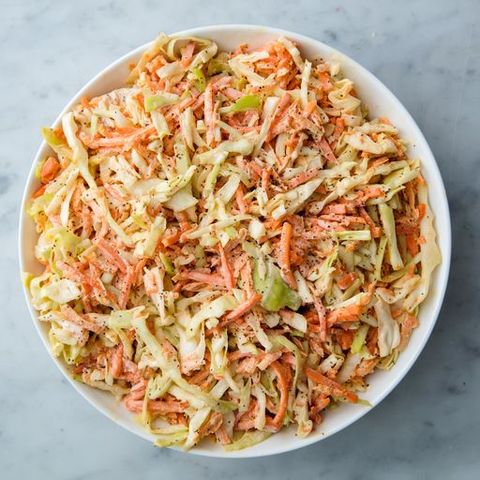
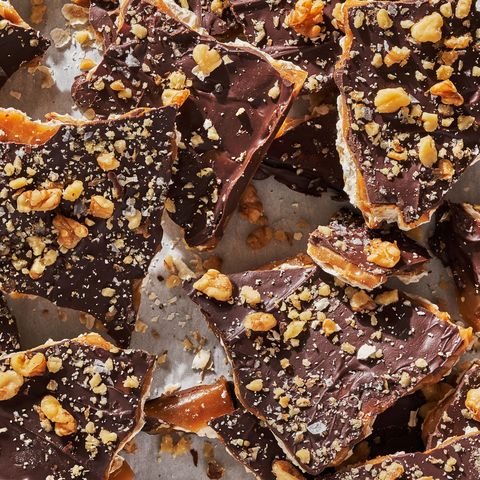
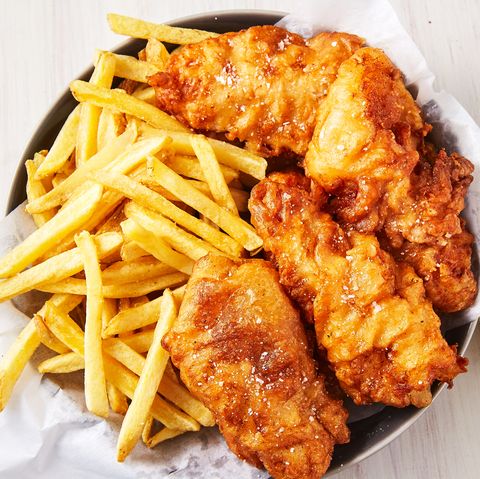

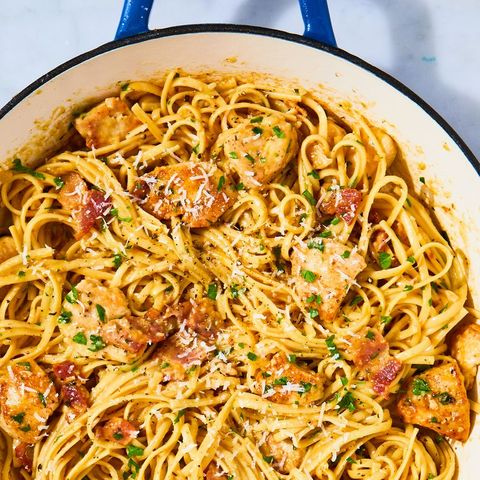
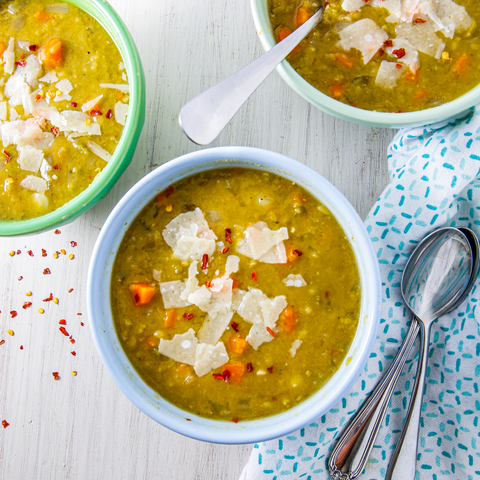
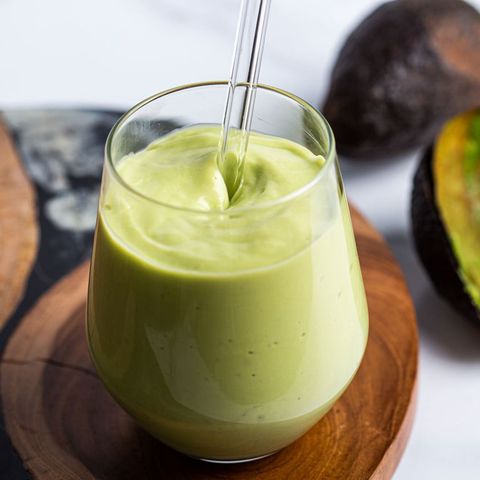




More Stories
Dated Kitchen Features That Homebuyers Notice
Shake the fridge Shakshuka using up leftovers
Italian Meatloaf – Once Upon a Chef